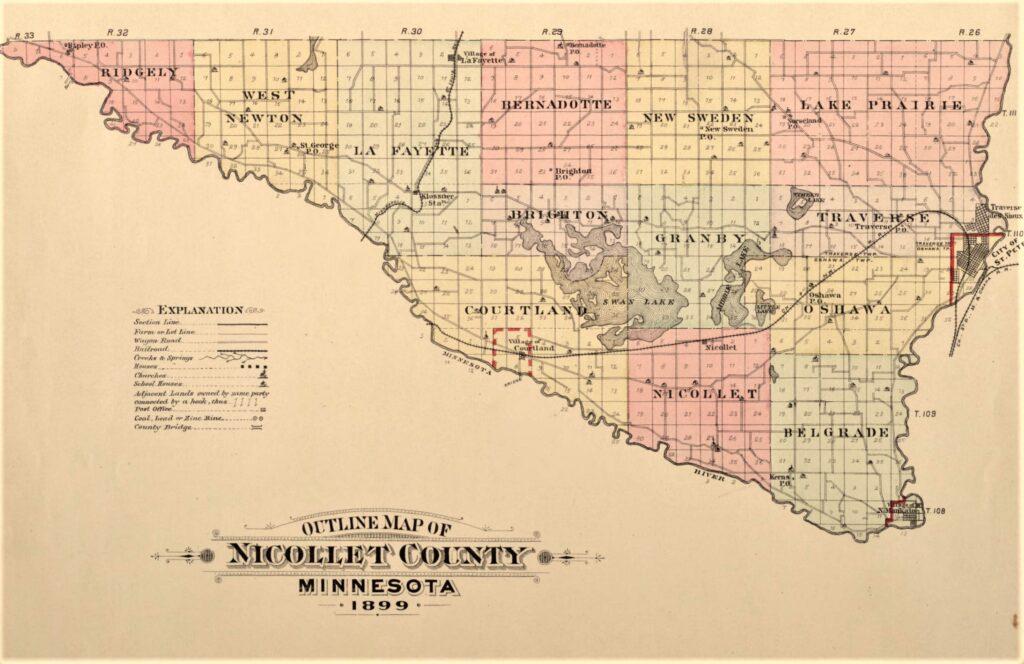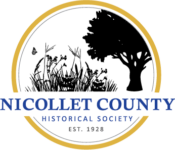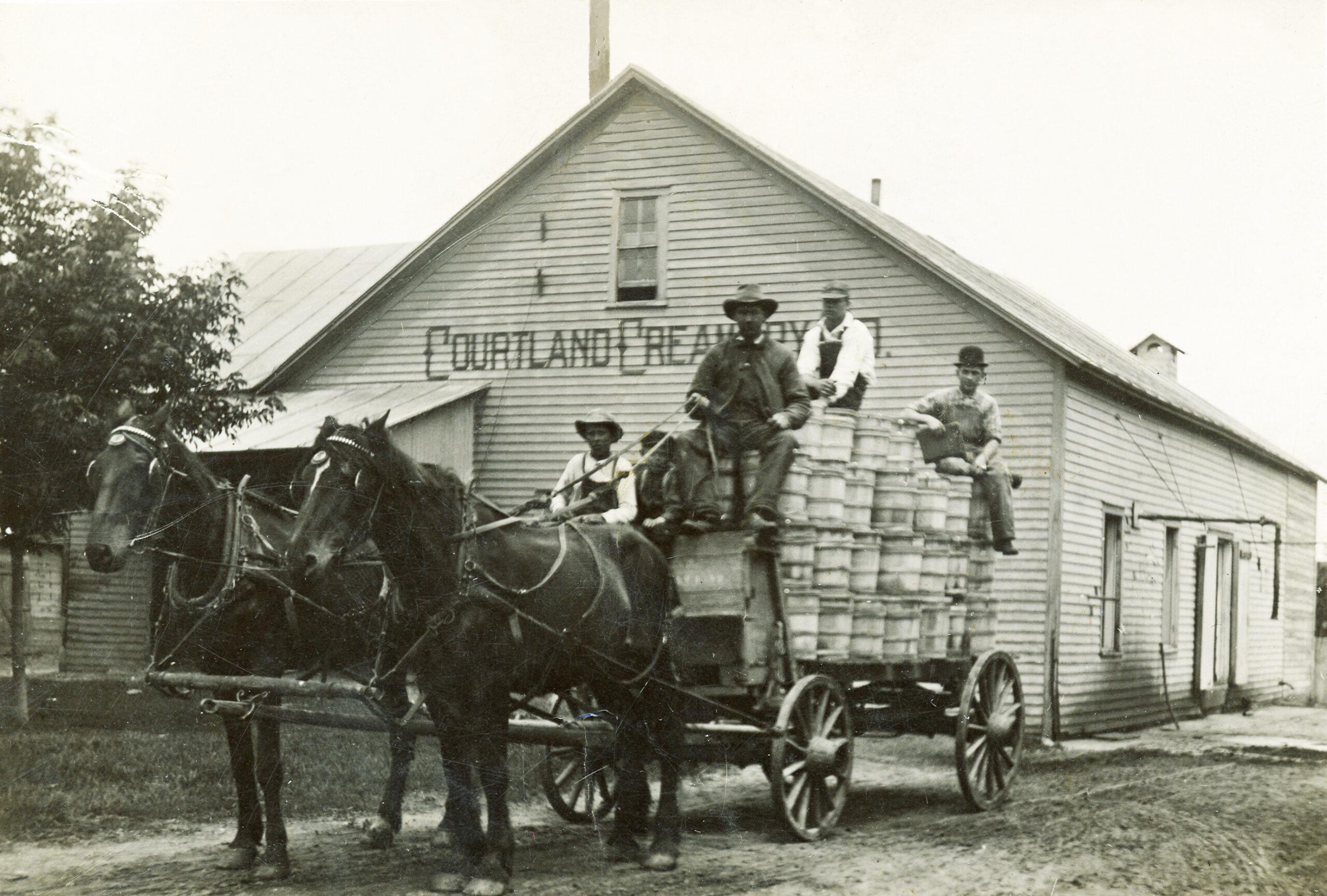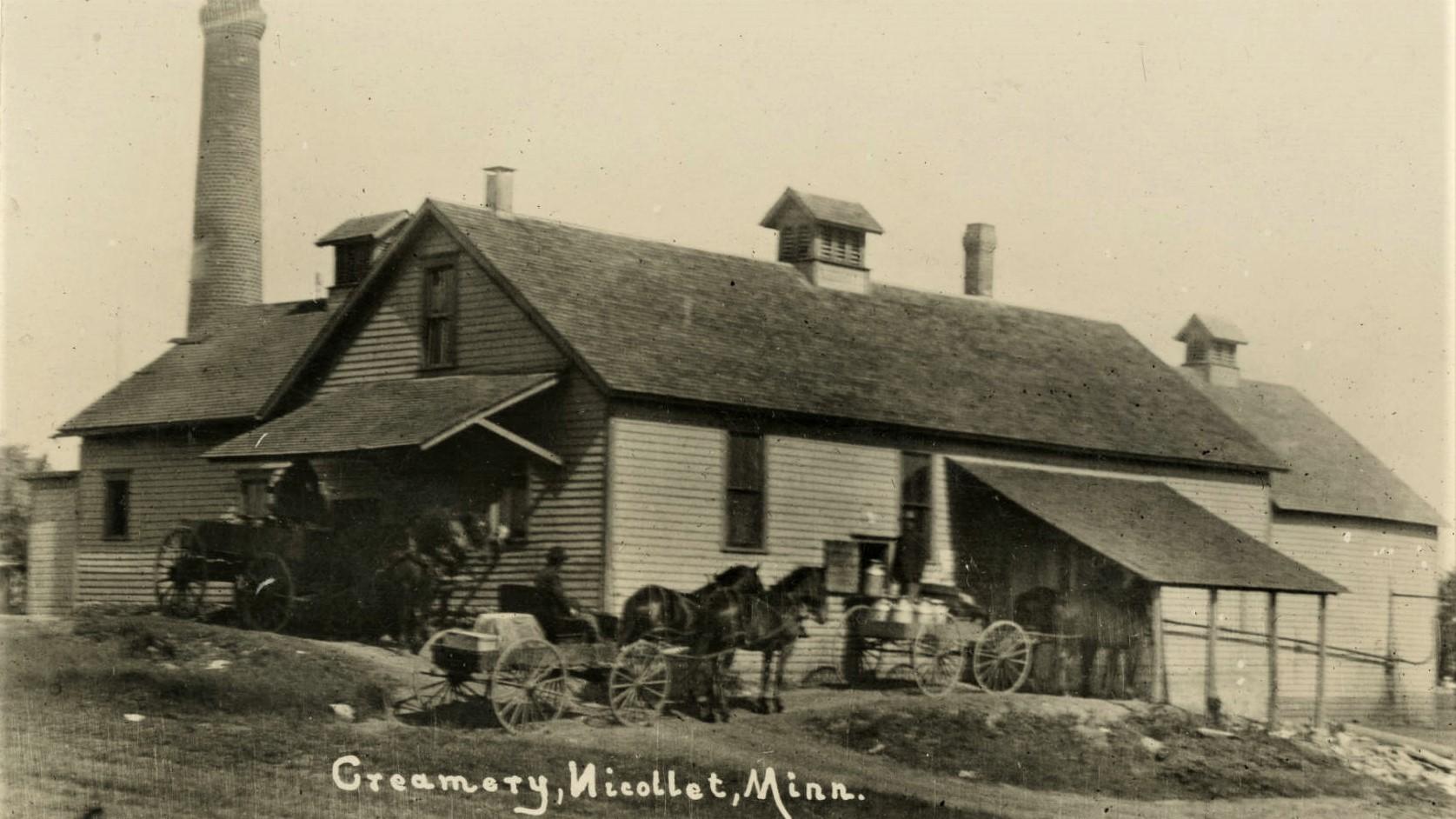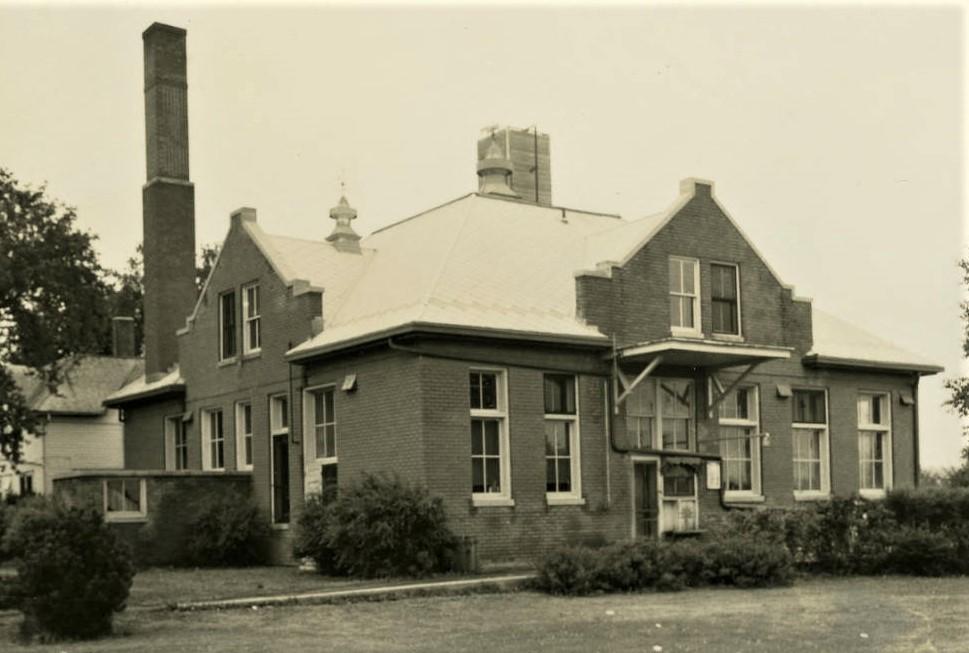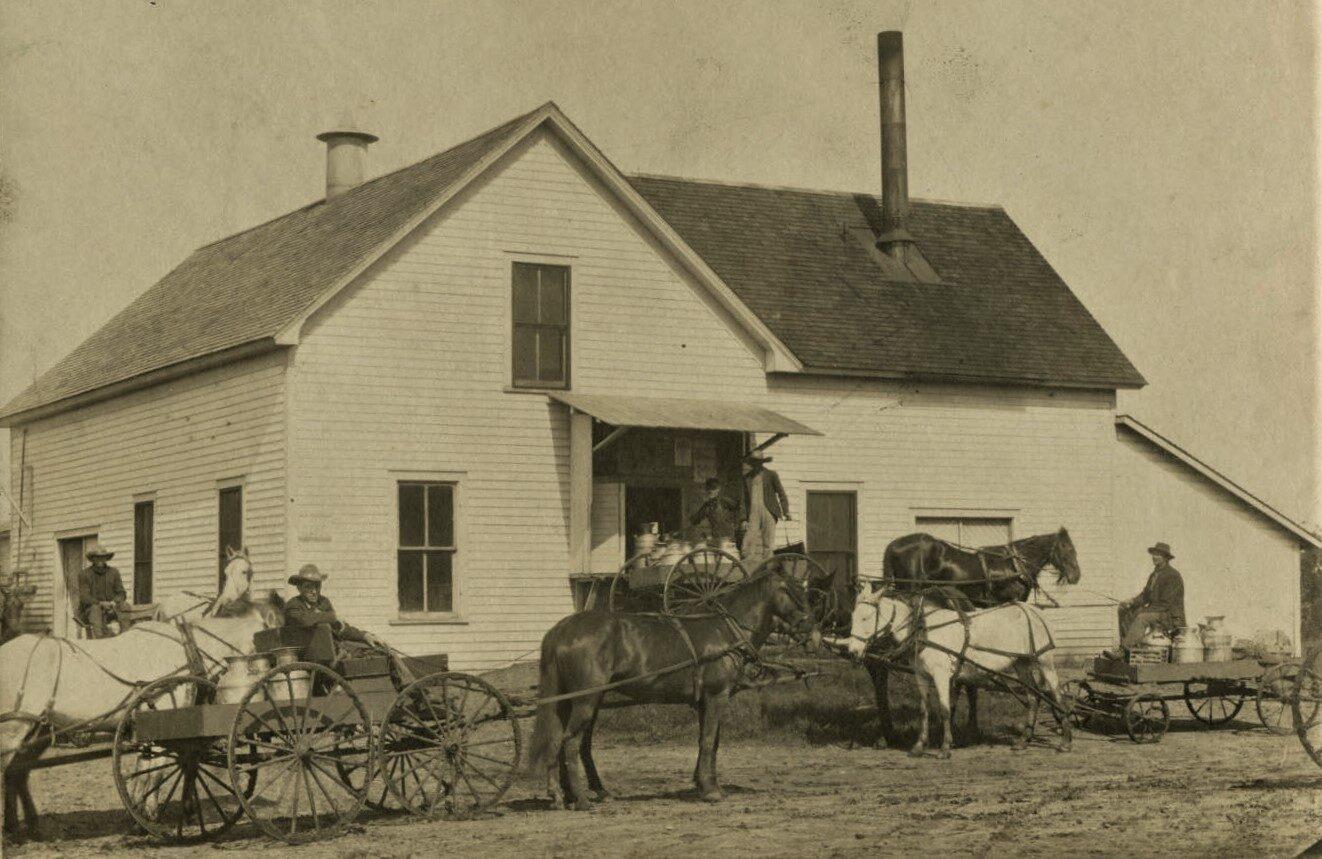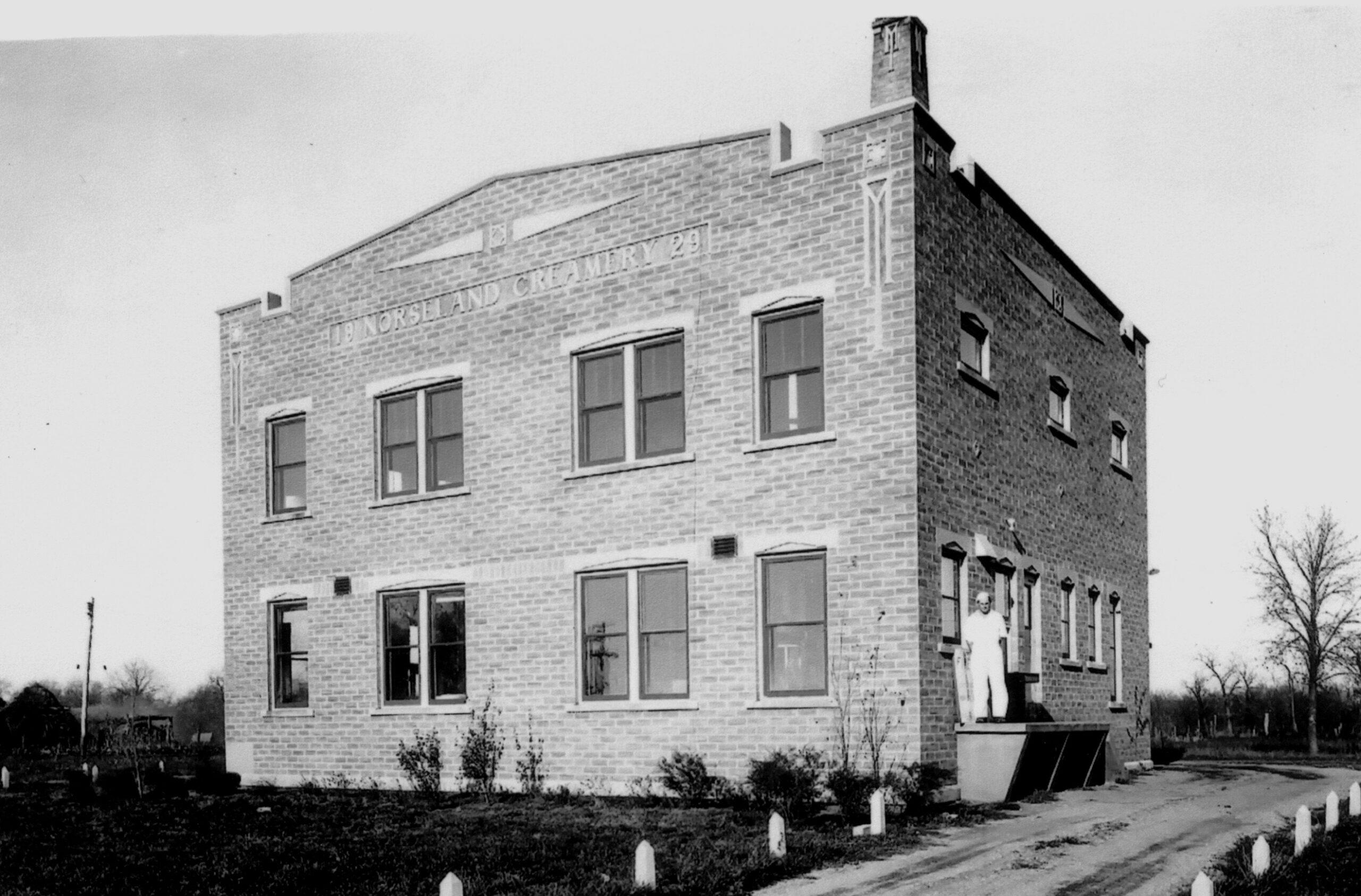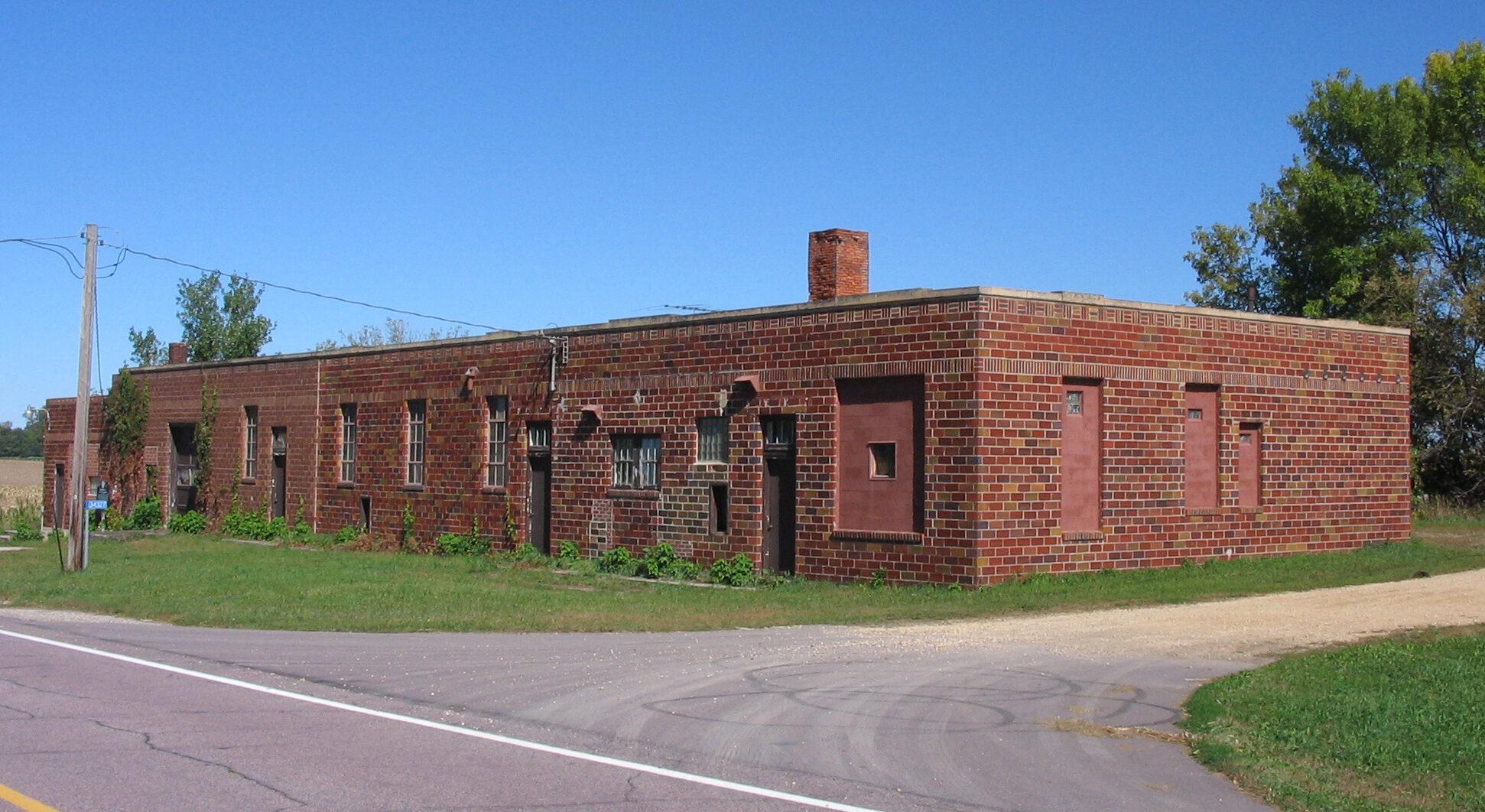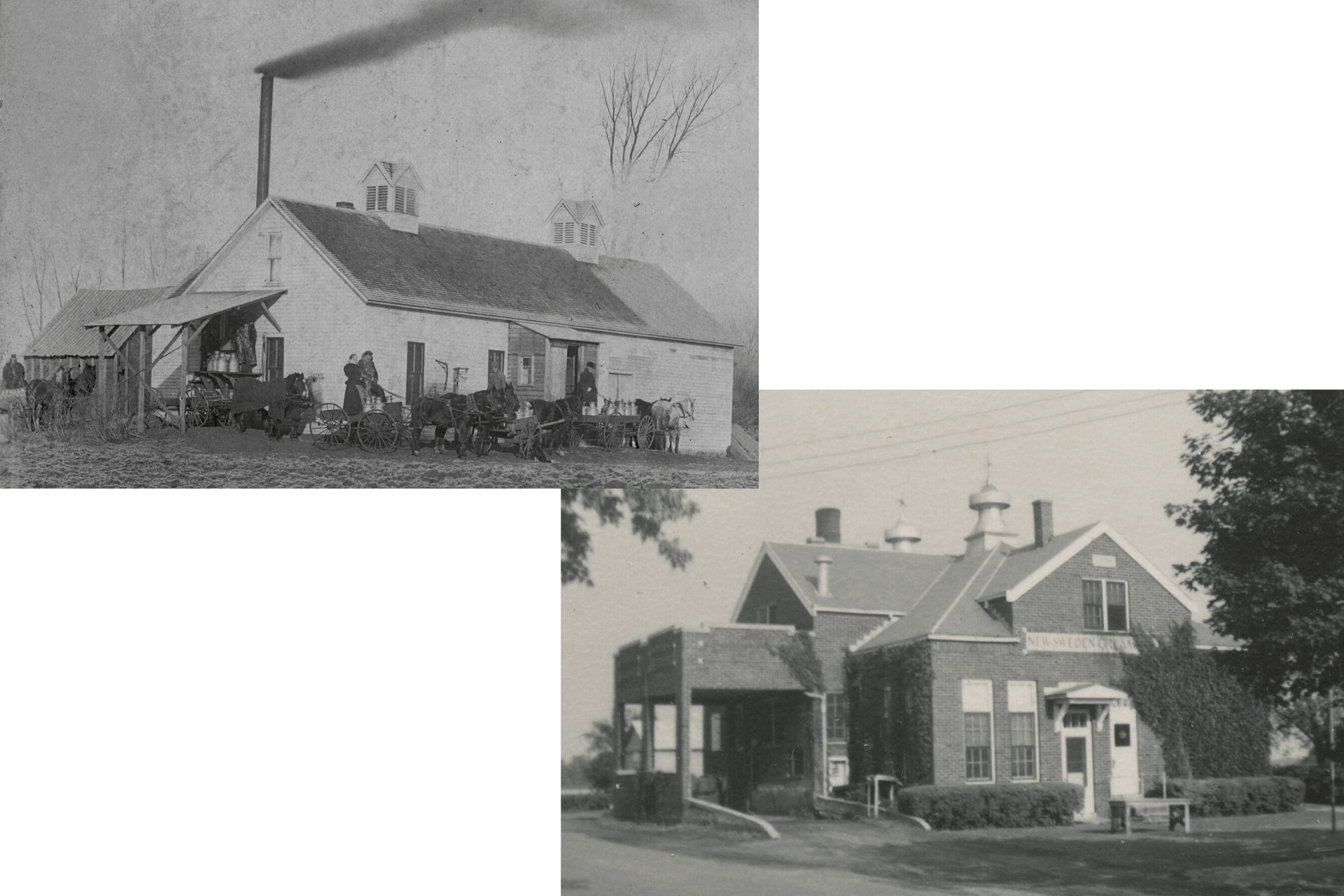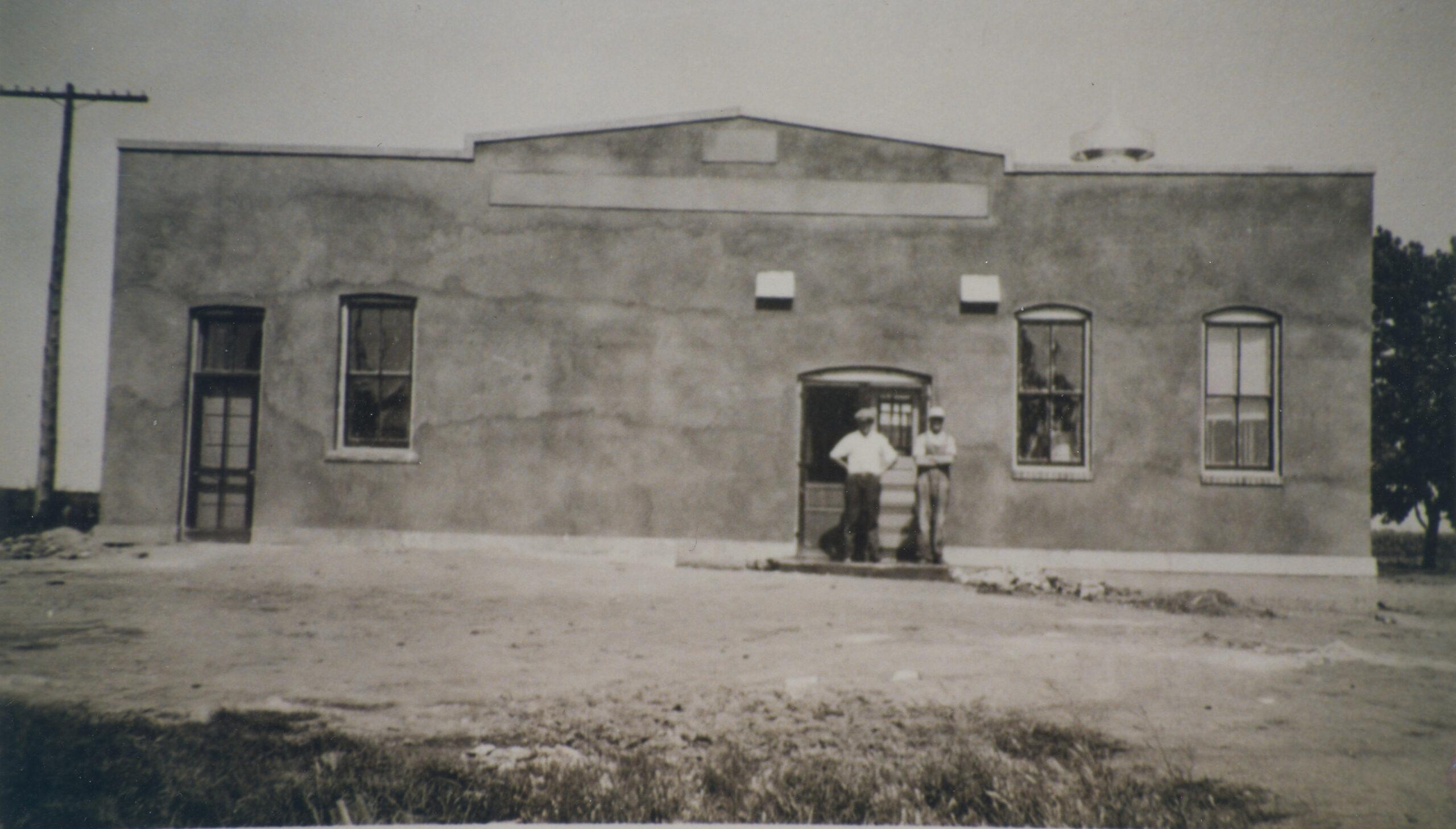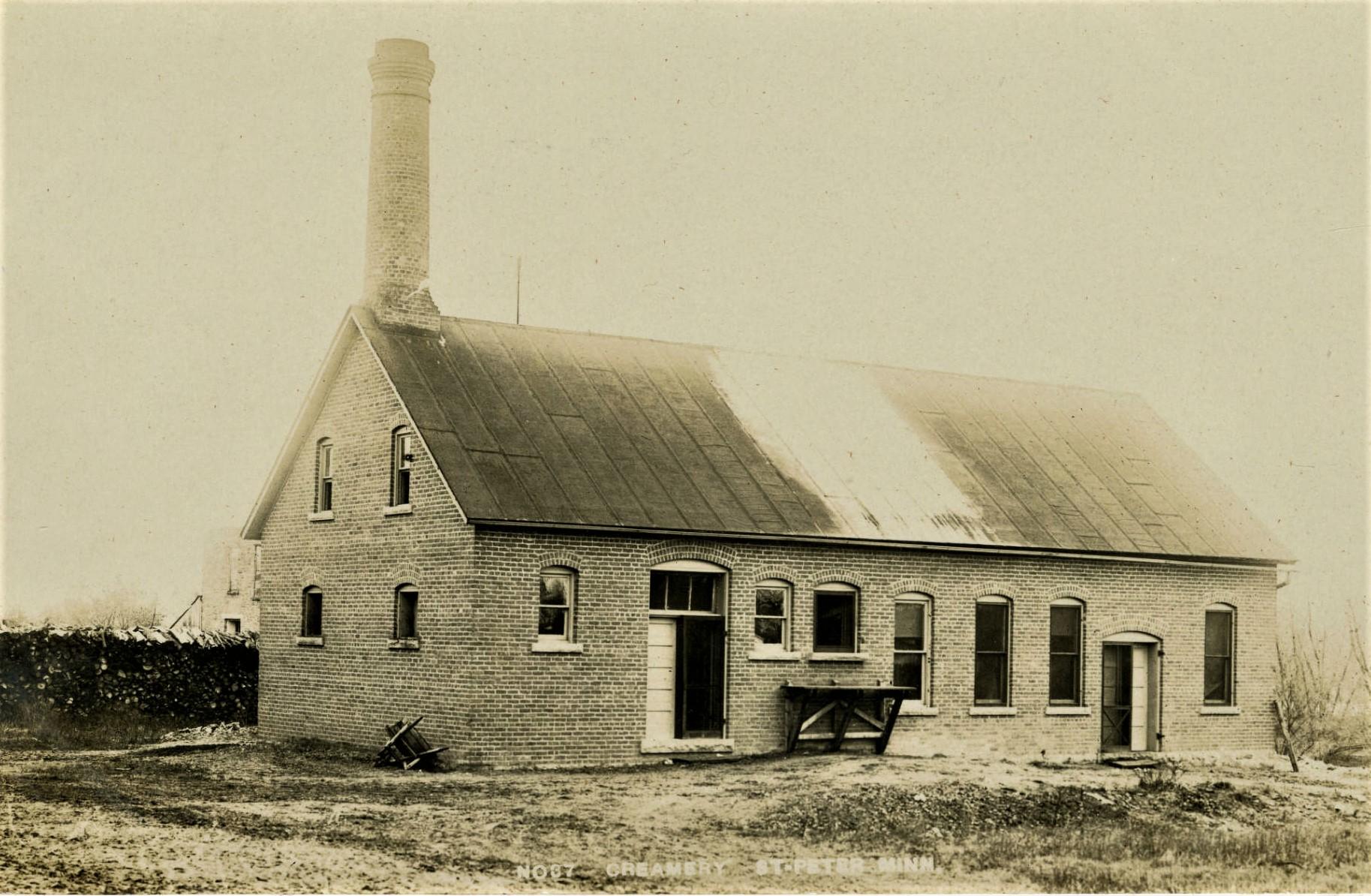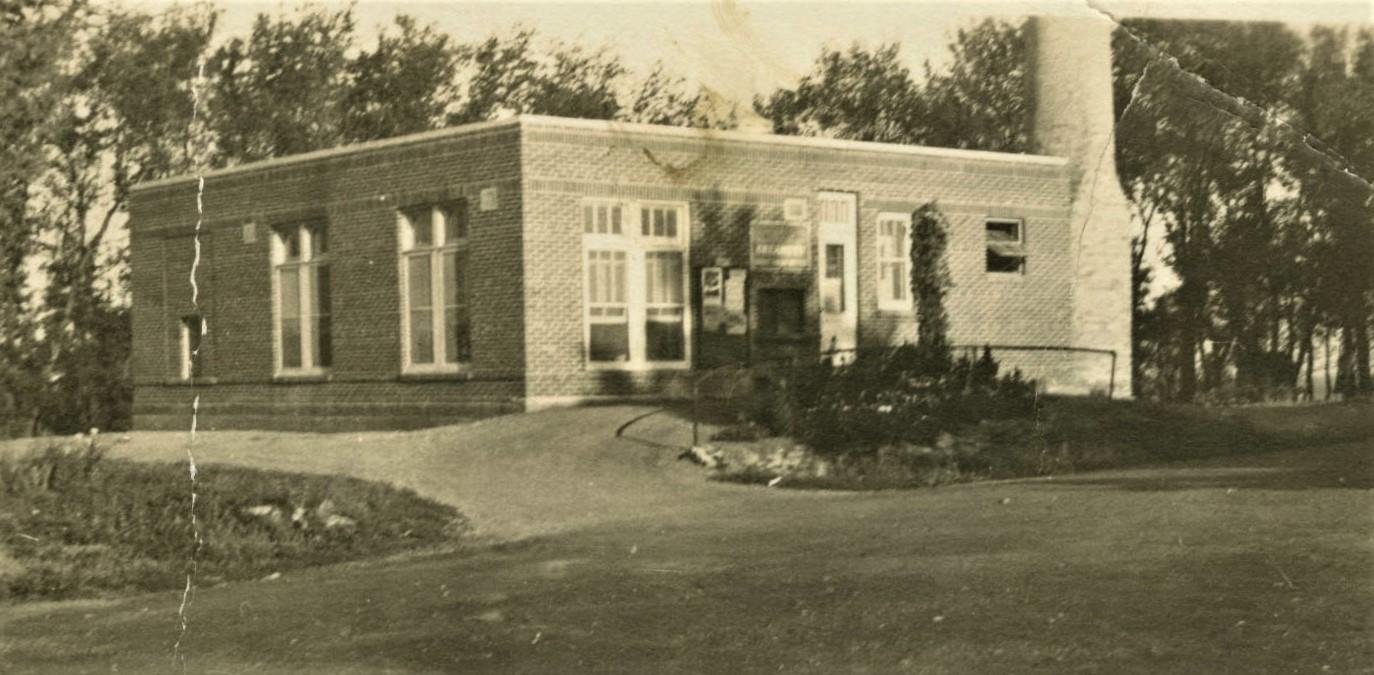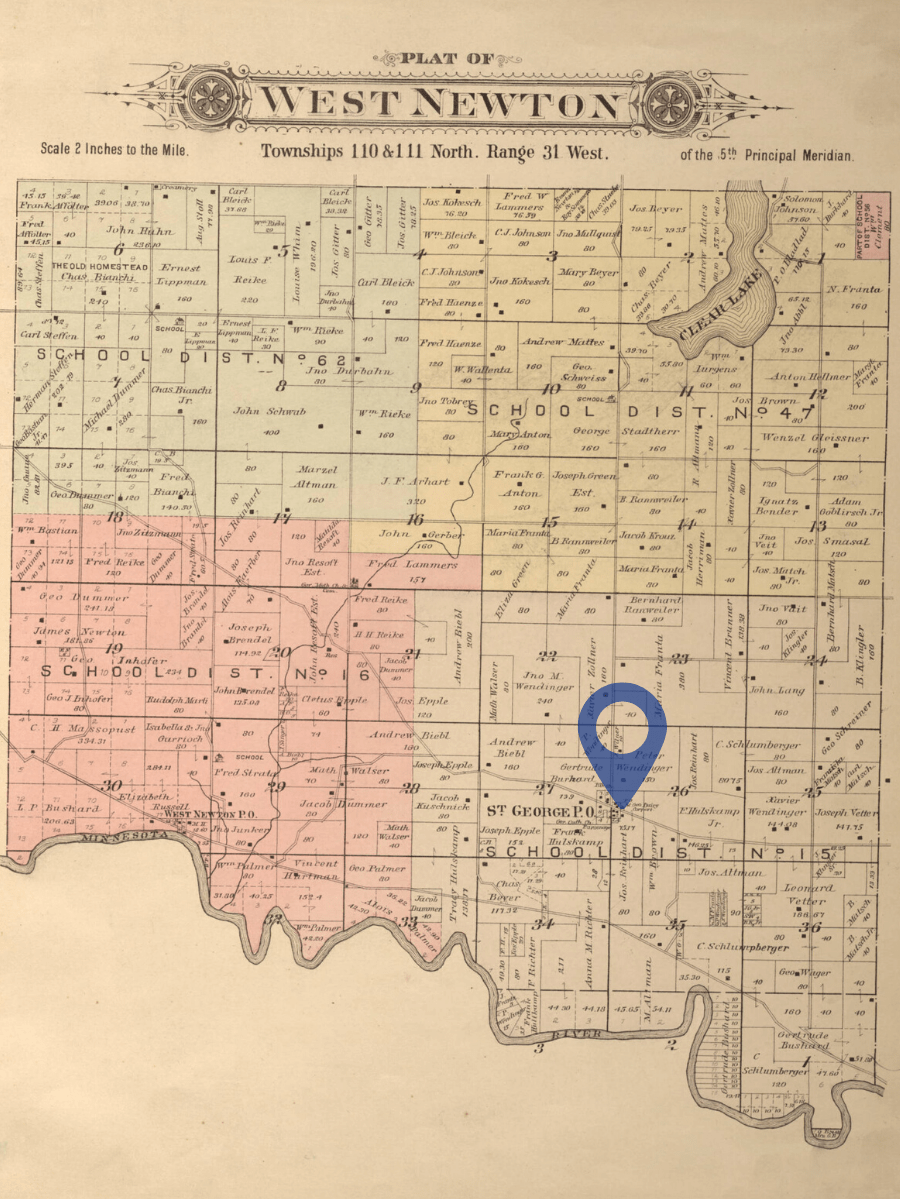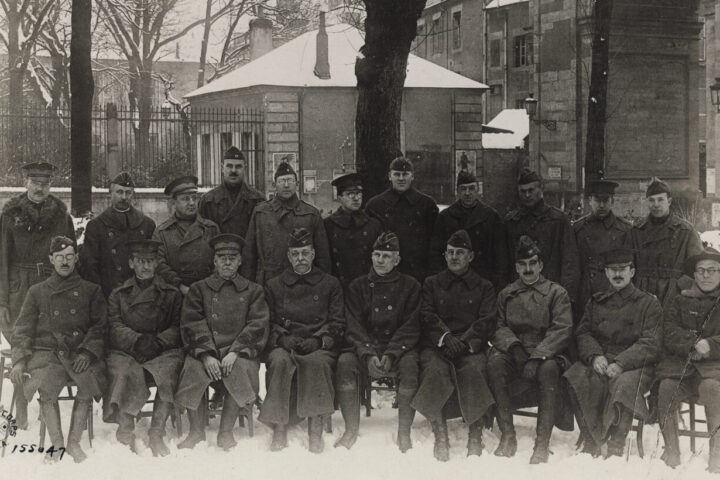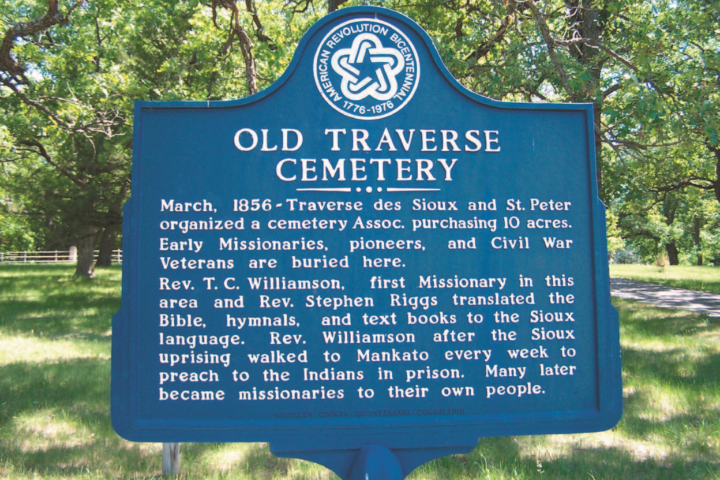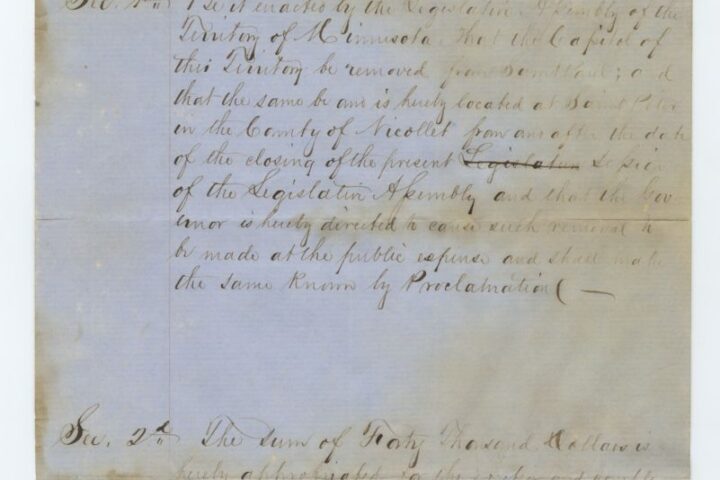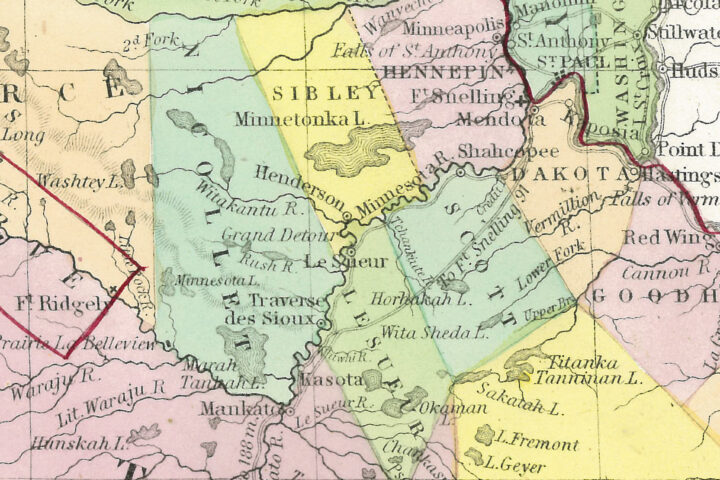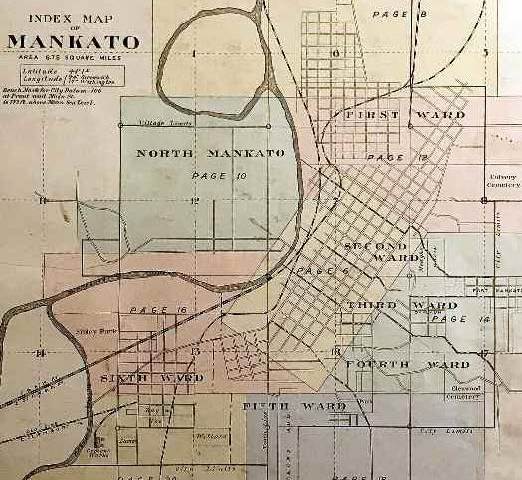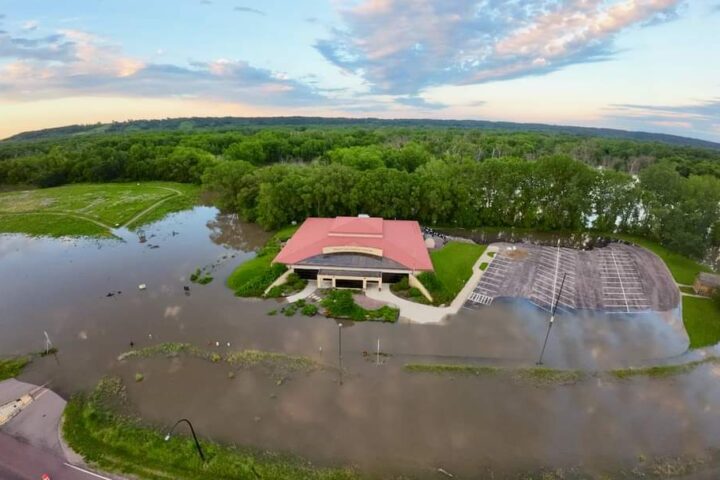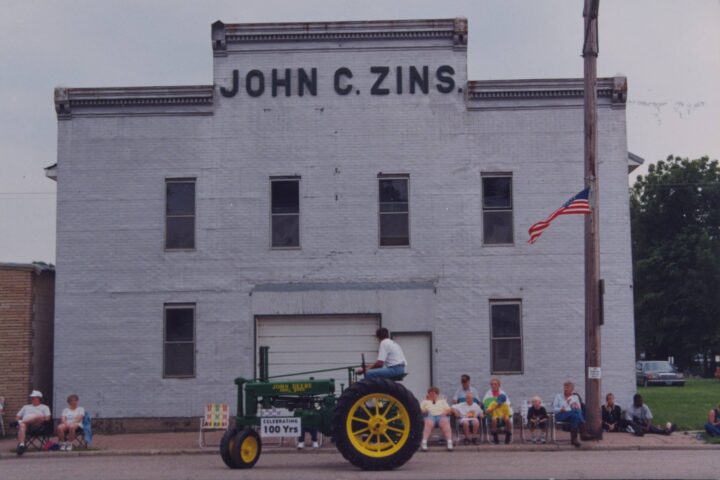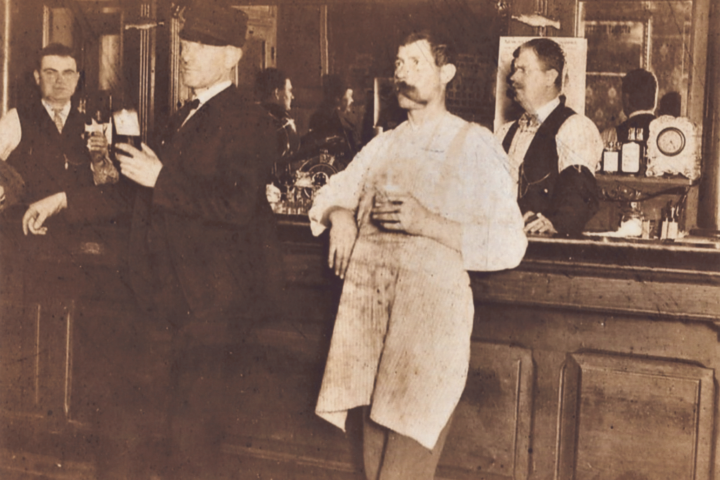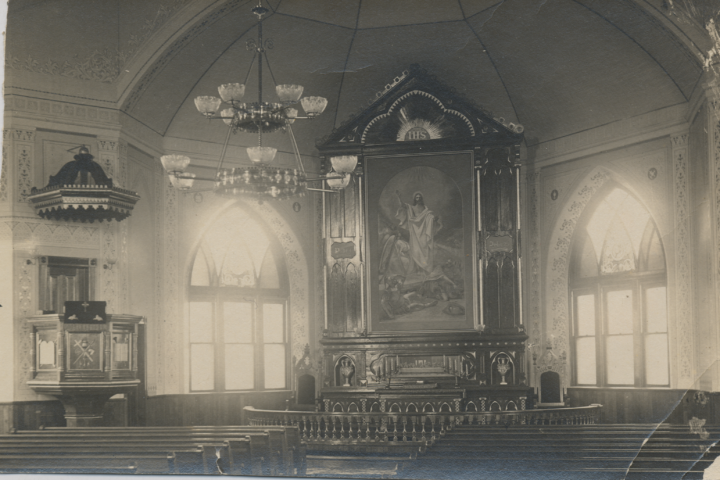By Bob Sandeen, NCHS Research Assistant
It Begins with Butter
The story of the creameries in Nicollet County revolves around the butter produced during the county’s early years.
Early settlers milked cows to provide milk for use in their homes but made no large-scale attempts to market milk products. Butter that was made on the farms provided only small amounts of money to the farmers when they sold it in the cities. Besides, the butter was difficult to preserve from the time it was made until it was transported to a market, sold, and consumed. As the number of farmers who began to build herds of dairy cattle grew, the problem of what to do with the vast quantities of milk that became available urgently needed an effective solution. Buttermaking seemed to be an excellent way to help solve the problem.

Swen Swenson and His Holsteins
One of the first men in Nicollet County to deal with the issue was Swen Swenson of New Sweden Township. This Norwegian-born immigrant introduced the first purebred Holstein herd in Nicollet County and was involved in establishing the first cooperative creamery in the county. Swenson’s herd produced large quantities of milk, and the only way to make it marketable was to churn the cream into butter. Swenson was aware of creameries in Freeborn County and Iowa. Still, at that time, there were no creameries in Nicollet County. His research on creameries led him to work to convince other farmers in the area to consider building a creamery nearby.
Traverse Creamery
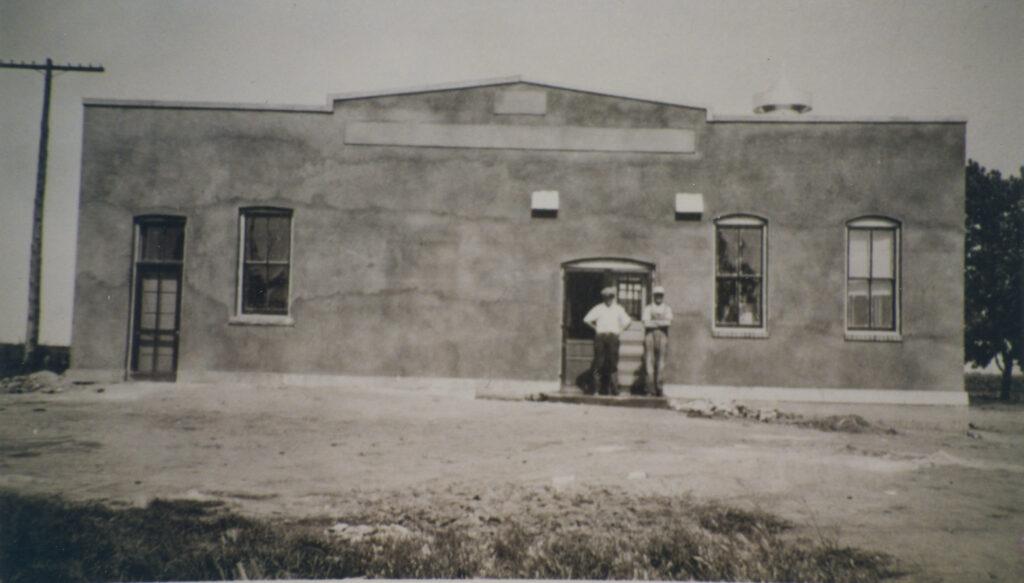
The efforts of Swen Swenson and those who worked with him resulted in the construction of Nicollet County’s first creamery in the Traverse community in 1890. The first butter maker there was Peter Johnson, who was paid 40 dollars per month. His assistant, Claus Olson, received 20 dollars per month.
Initially, it was challenging to find an efficient way to pay the farmers for their milk. Ultimately, the creamery decided to pay so much per inch for the cream. The cream was hand-skimmed from the milk and then placed in tall cans. A rule was dipped in, and the patron paid according to the depth of the cream in the can.
Six men were hired from various parts of the county to travel to the dairy farms, collect the whole milk at each farm, and transport it to the creamery in Traverse. They went as far as the peripheries of New Ulm, Mankato, and Gaylord. After several years, this method proved to be too costly. Several sites were established where farmers could bring their whole milk to be skimmed. The farmers brought the resulting skim milk home, where it could be used to feed animals. The haulers brought the resulting cream to the creamery in Traverse, where it was made into butter.
Township Creameries
After seeing how successful the creamery in Traverse was, Nicollet County farmers established creameries in almost all of the county’s 13 townships.
The 1899 Plat Book of Nicollet County shows the locations of the other creameries that existed that year.
It is interesting to note that less than a decade passed between the construction of the first creamery and the last one in the list above.
Creameries Pop-up Across the County
There were additional creameries constructed in Nicollet County in that era. A creamery is shown in the 1913 Nicollet County Atlas in section 3 of Brighton Township on land owned by S. O. Peterson. An article in the October 17, 1924 issue of the Saint Peter Tribune states that people in St. Peter decided about 18 years earlier that a creamery in the community was needed. The 1908 Sanborn Fire Insurance Company’s map of the town shows the resulting creamery on the east side of North Front Street, nearly a block north of the Broadway Bridge.
Sources indicate that many, if not all, of the constructed structures during the 1890s were later replaced with more substantial ones.
Some examples are listed here.
- A fire destroyed the original building in Traverse in 1907, but a new one quickly replaced it. Improvements were made over the years, including ones in 1924.
- A new creamery building opened in New Sweden in 1924.
- The Oshawa creamery was destroyed in 1903 by a fire that followed a dynamite explosion that happened while work was in progress on a well. A new one soon replaced the building.
- Courtland replaced its original creamery in 1913.
- And Nicollet got a new one in 1917.
- A new creamery was dedicated in Norseland in 1930.
